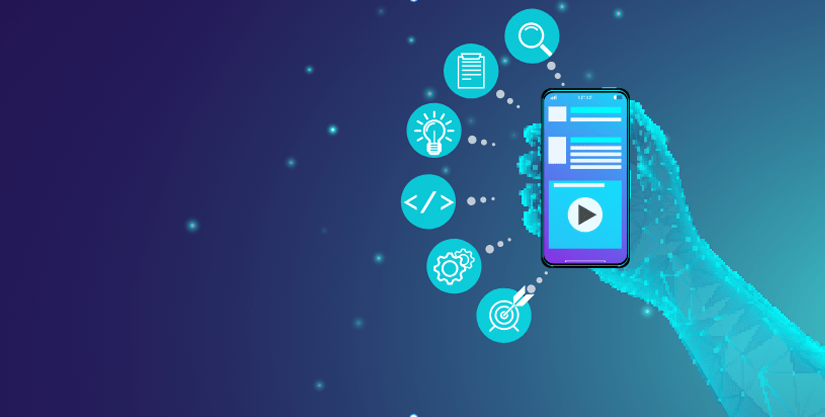This is obviously a question to ask yourself beforehand: why should I create a mobile application? Do I even really need a mobile application? But if you are reading this, it is probably because you already have a pretty clear idea of why you need a smartphone application.
Today, in North America, 97% of adults own a mobile phone and 85% have a smartphone (according to a 2021 Pew Research Center study). Among younger people, the numbers tend to be even higher. The smartphone penetration rate is estimate to reach 89% among 13-19 year-olds in the United States (according to a 2018 Common Sense study). And by the age of 11, more than half of children have a smartphone (53% according to the same study).

Thus, the smartphone has become a ubiquitous communication tool, affecting virtually all socio-demographic categories. For many people, it is also the only means of accessing the Internet. As such, it is the best medium to reach the largest possible population and access millions of new potential customers. But to do this, it will be necessary to succeed in developing an effective application that will meet one or more existing needs.
There are three main types of mobile application:
Product application: the application is in itself the product and is generally sold to the user. It can be a consumer or professional mobile app development dubai. Fulfills a need of the user and its way of meeting this need determines its success. It can possibly be free and finance, for example, by advertising or by a subscription that allows you to benefit from additional features.
The service application: generally free, it is offer by a company in addition to its service offering. It is also a powerful marketing tool to maintain the link with the customer and present them with new offers. A typical example is the banking application that is offer by all banks today. These applications provide multiple services to customers such as consulting their account statements. Transferring sums of money and managing different financial products. A successful bank account management application is useful for acquiring customers (by word of mouth for example) and especially their retention (since the application has now become the main interface for exchange between the customer and their bank).
Sales application: it is mainly used to sell physical products and can be accompany by services to better build customer loyalty. It is not only an “online store” that facilitates order taking, but also an important vector for marketing and advertising. The company offers it to increase its sales, maintain the link with its customers, increase brand loyalty and access new audiences as part of a multichannel strategy.
The process of developing a mobile application
1. Planning
It has reached the planning phase that we ensure that we have provide answers to all the questions discuss in the previous chapter. Planning is a fundamental phase of application development. Based mainly on exploratory and analytical meetings with the multidisciplinary team responsible for development. It aims to mitigate risks and start on a good basis. It should not be rush or avoid. Because this is often where future success or failure is decide. It is used to define the concept, specify the contours of the product. Identify the target audience and gauge the relevance of each function offered.
2. Requirements
This step takes up the work done in the planning stage and adds an additional level of precision. To make the most exhaustive inventory possible of the needs and objectives of the mobile application dubai. The transcription of these is detail in application functionalities that can be prioritize. As a team (by “sprints”) for design and development. At the end of this task, you normally have all the elements to evaluate the costs of the project.
3. Design and prototyping
Once the requirements are well define. A schematization of the application architecture is made during this phase. It can take different forms. It can describe the technological architecture (hardware and software). The interfaces expose to different services or data sources, for example.
Also, an analysis of the user experience (User Experience). Makes it possible to build functional models (Wireframes) to validate the visual functionality (User Interface). The ergonomics and the use efficient navigation within the application. The goal of UX/UI design for a mobile application is to create excellent user experiences through interactive, intuitive, fluid, efficient and user-friendly interfaces. The success of a mobile application depends largely on the quality of its design, which influences how users adopt and use all the features.
Various proofs of concepts can give rise to functional prototypes. They are thus validate and test on the front-end with users representative of the target audience before being able to embark on the next step.
Spiria offers a “Discovery process” service that includes these first three phases. Its goal is to plan any future software product and to offer functional prototypes and a clear and complete roadmap at the end of the process.




